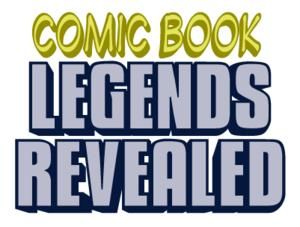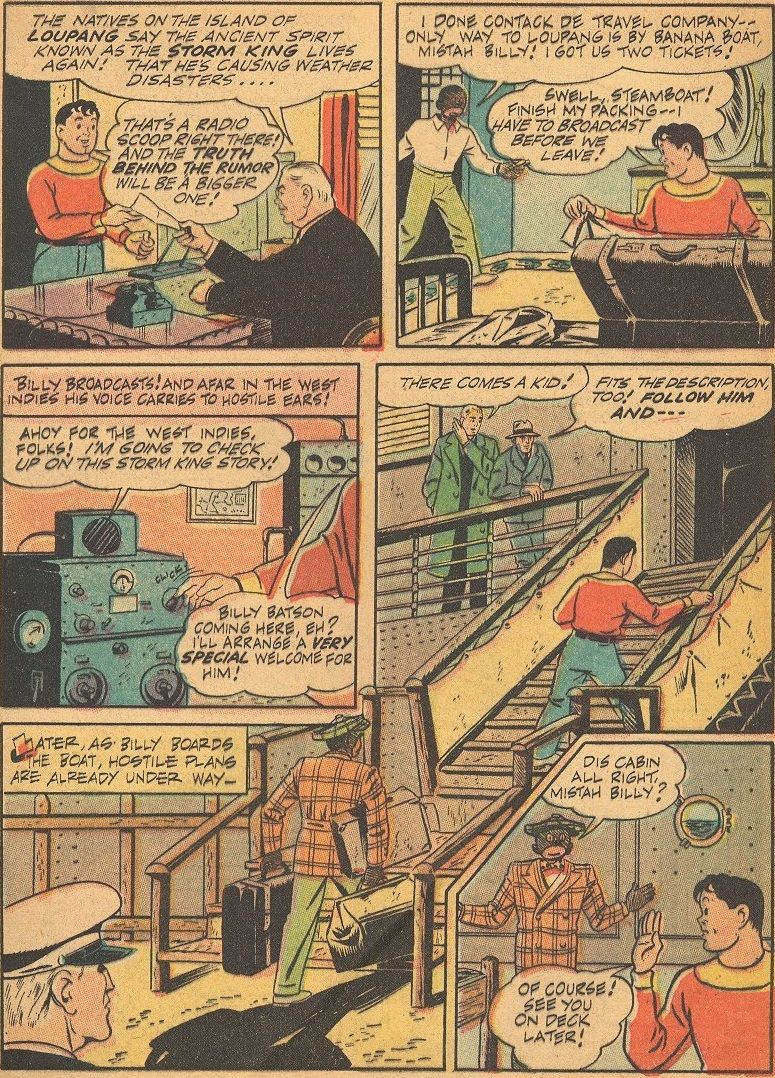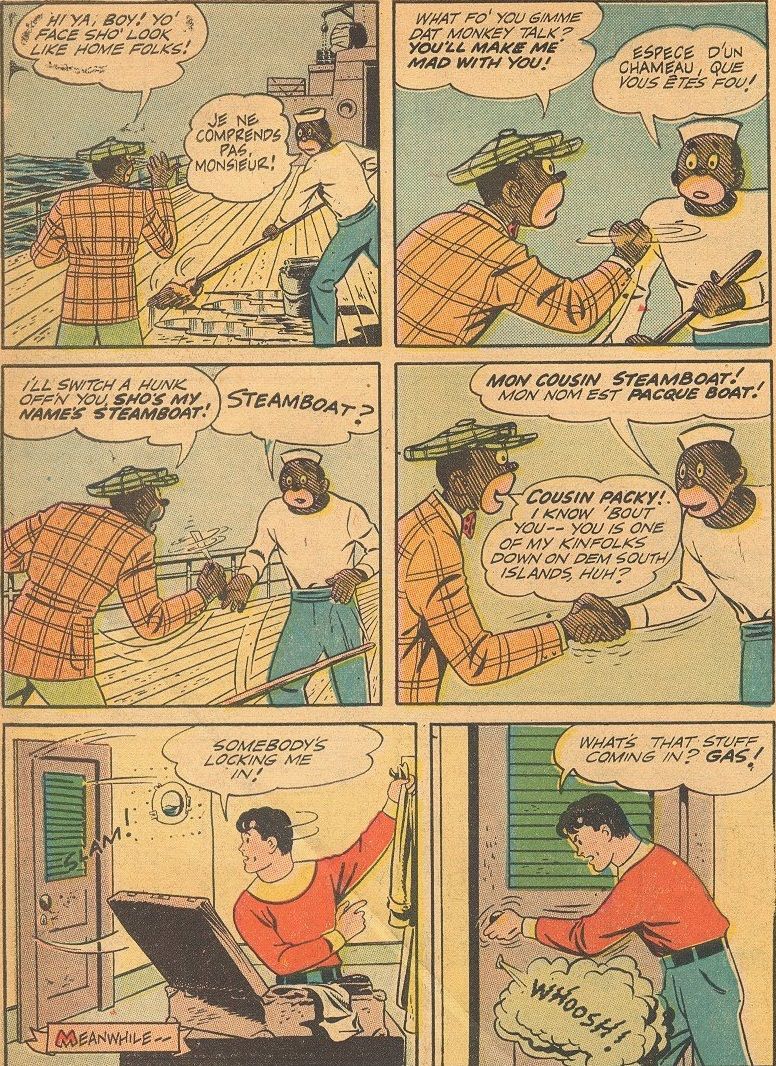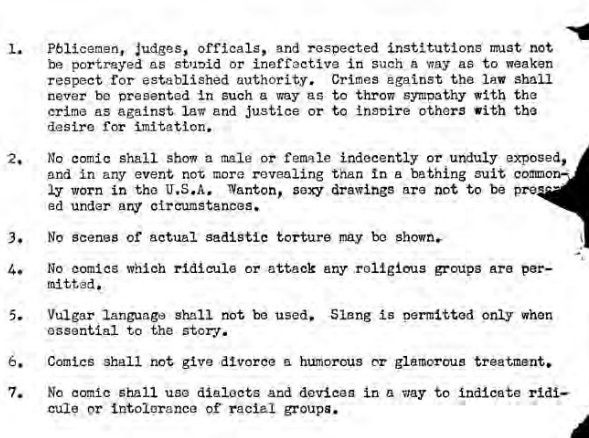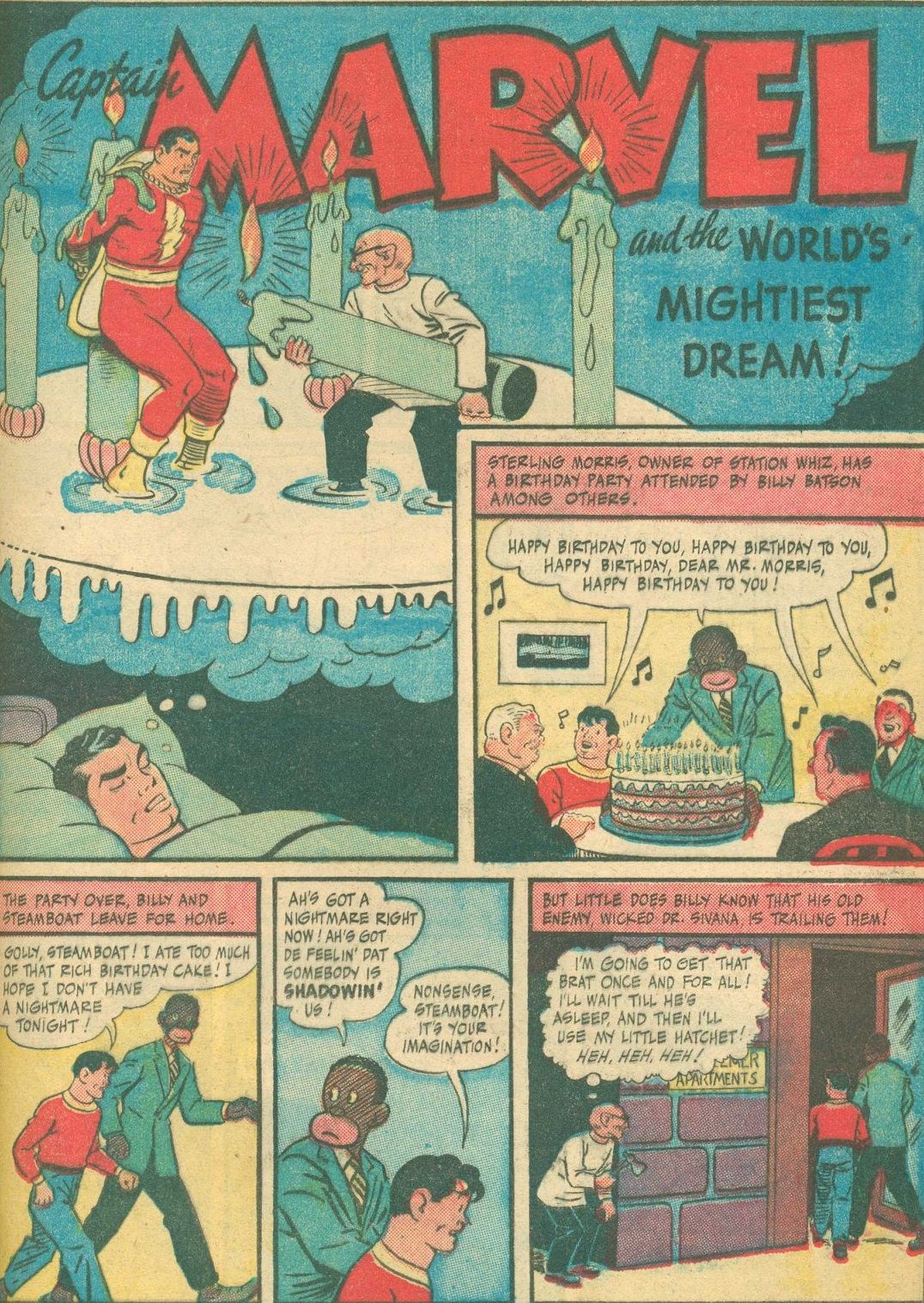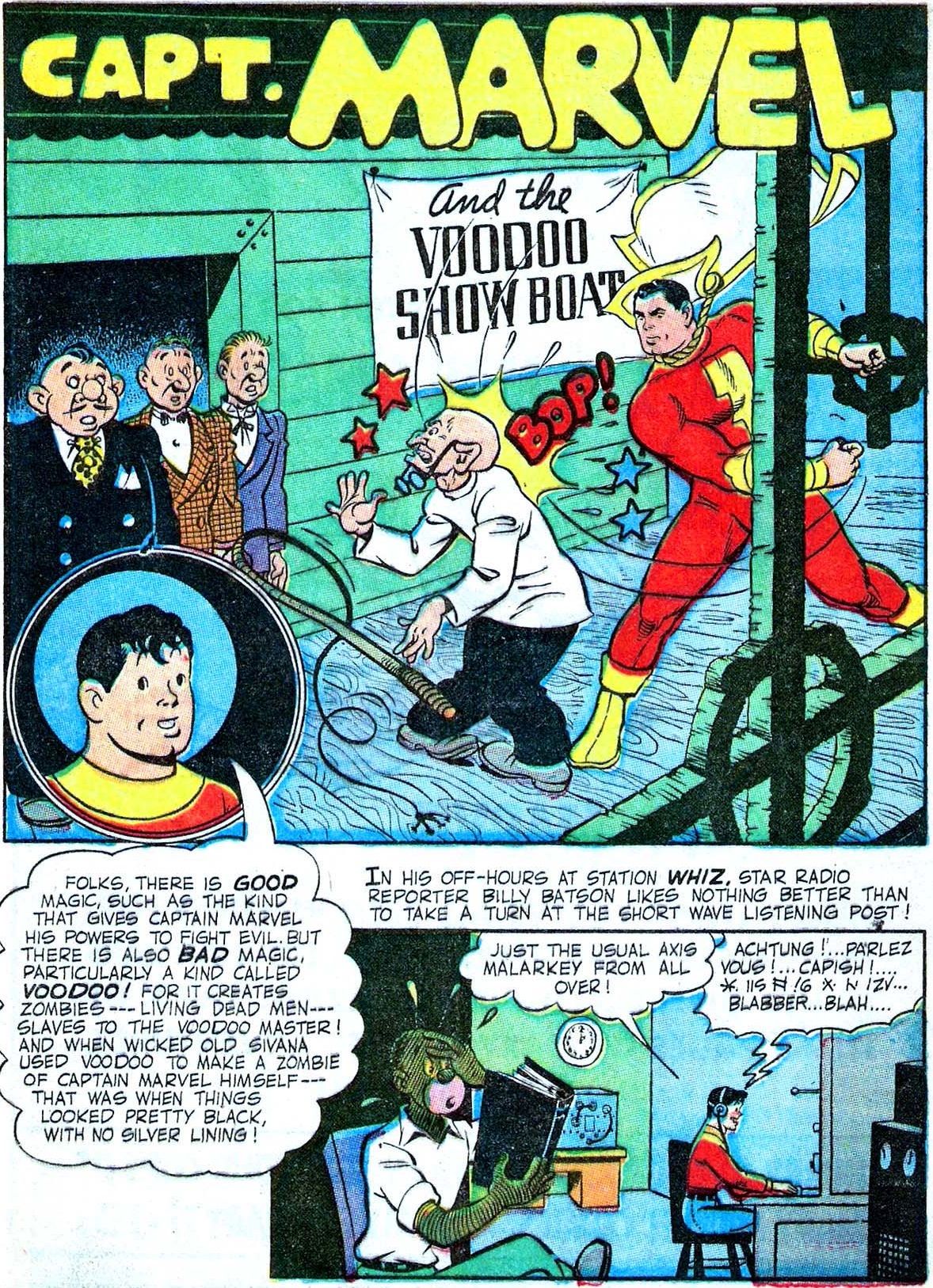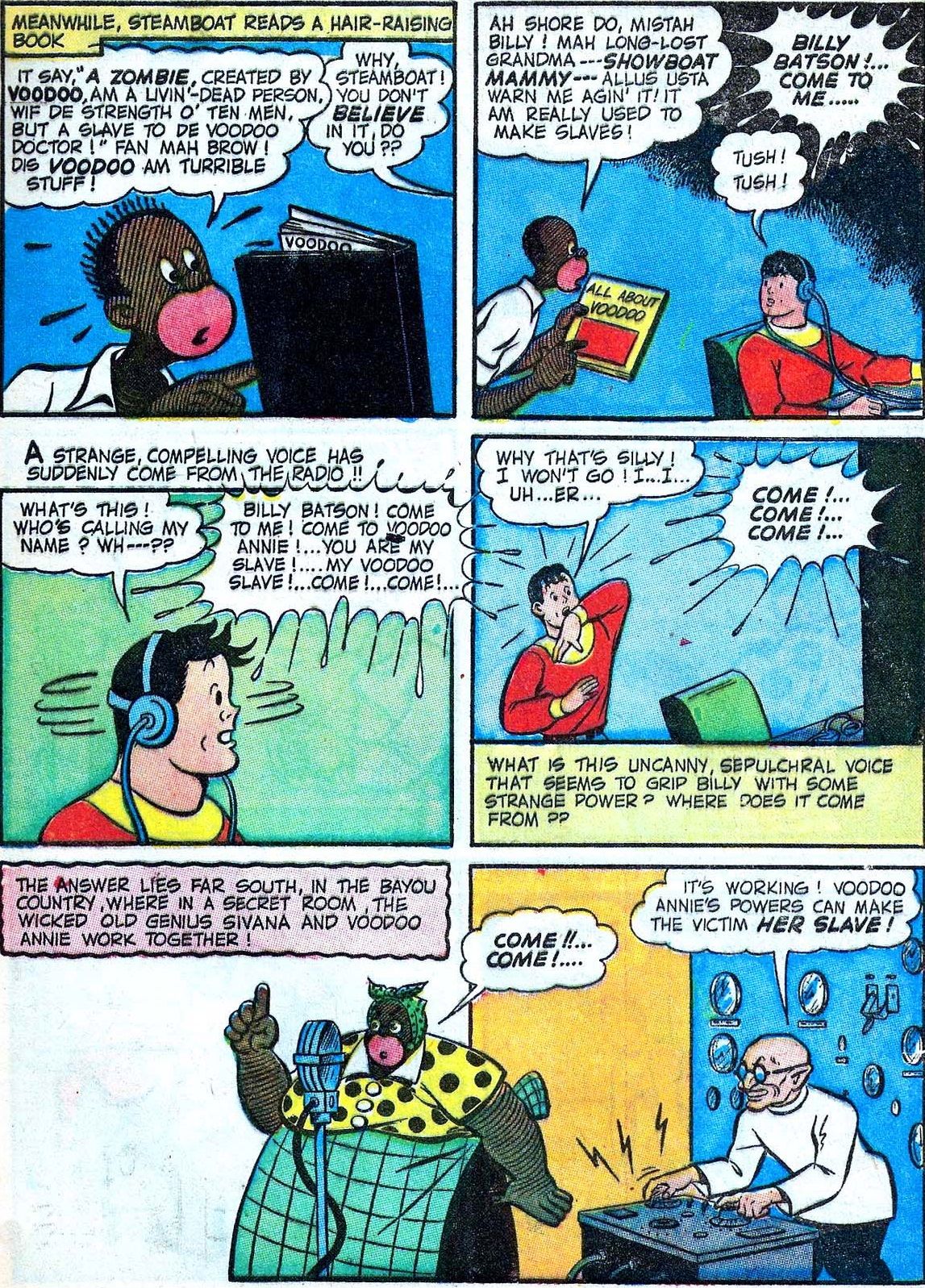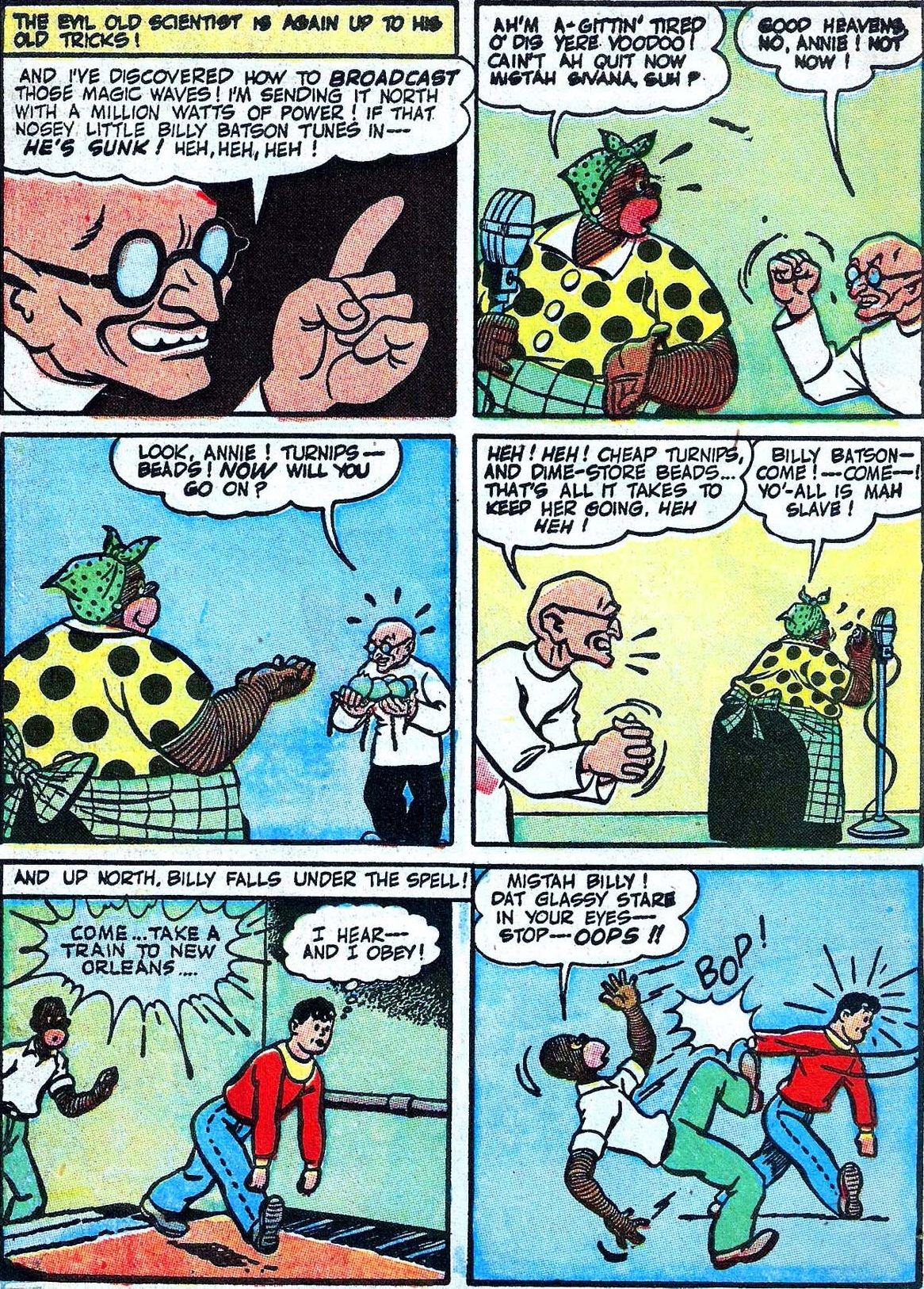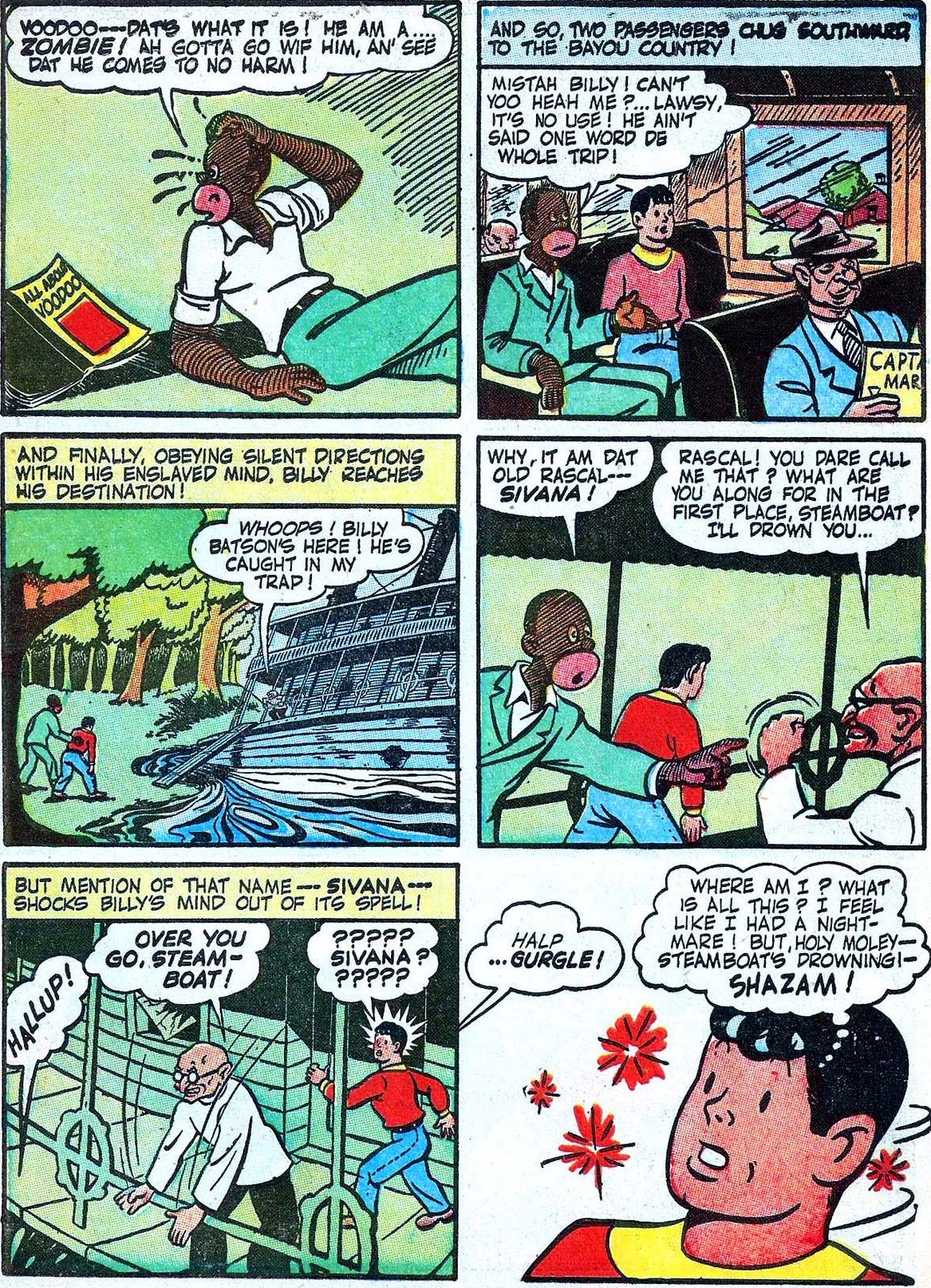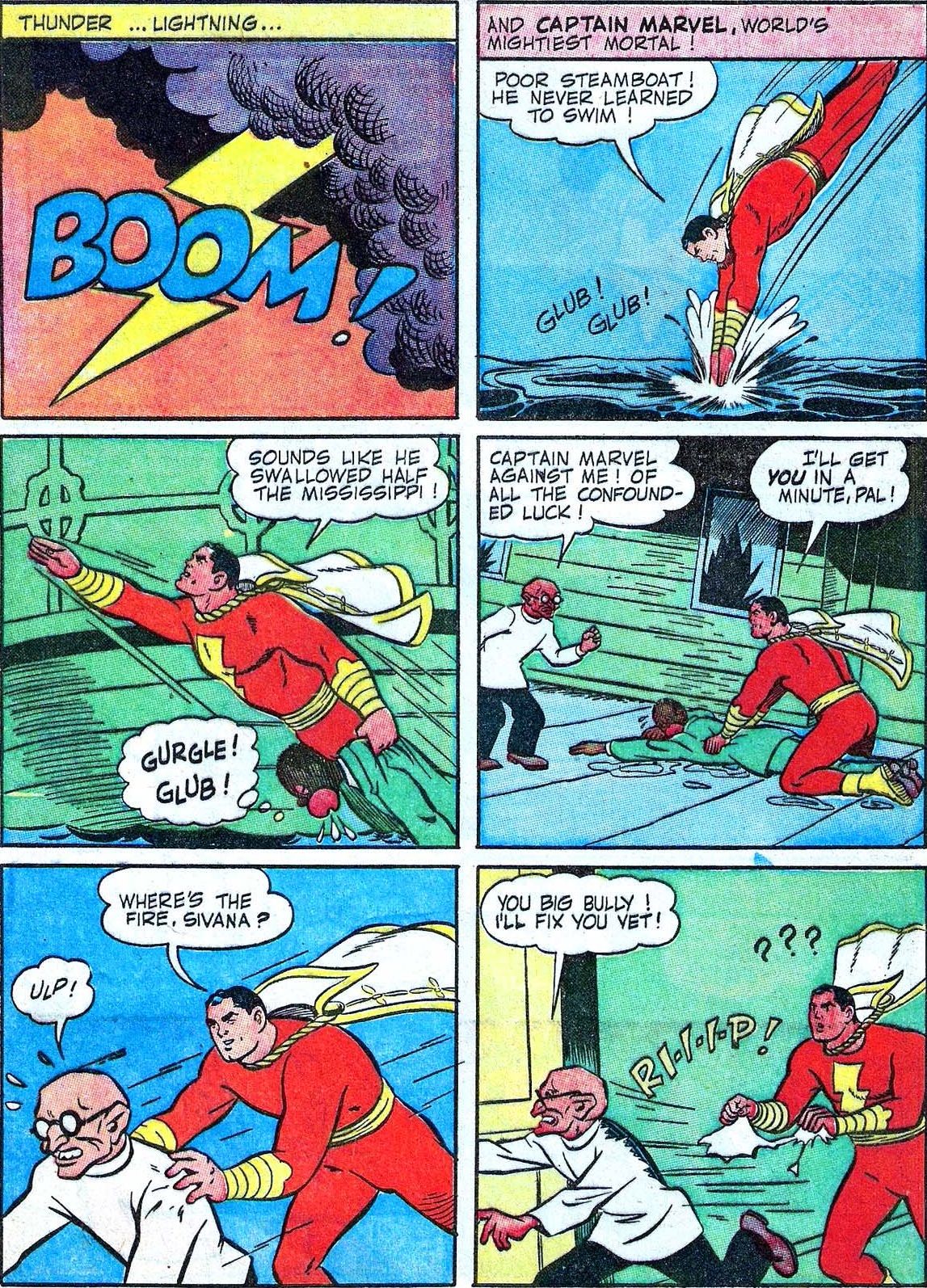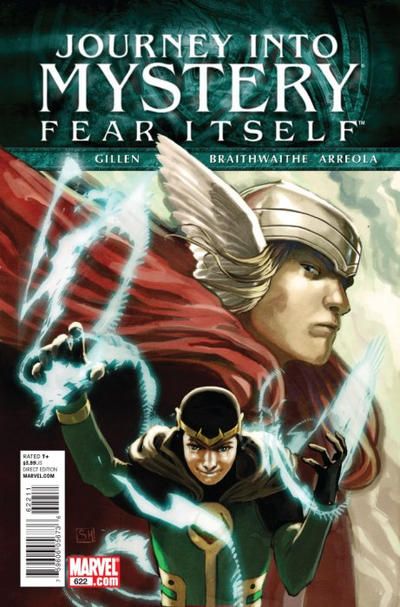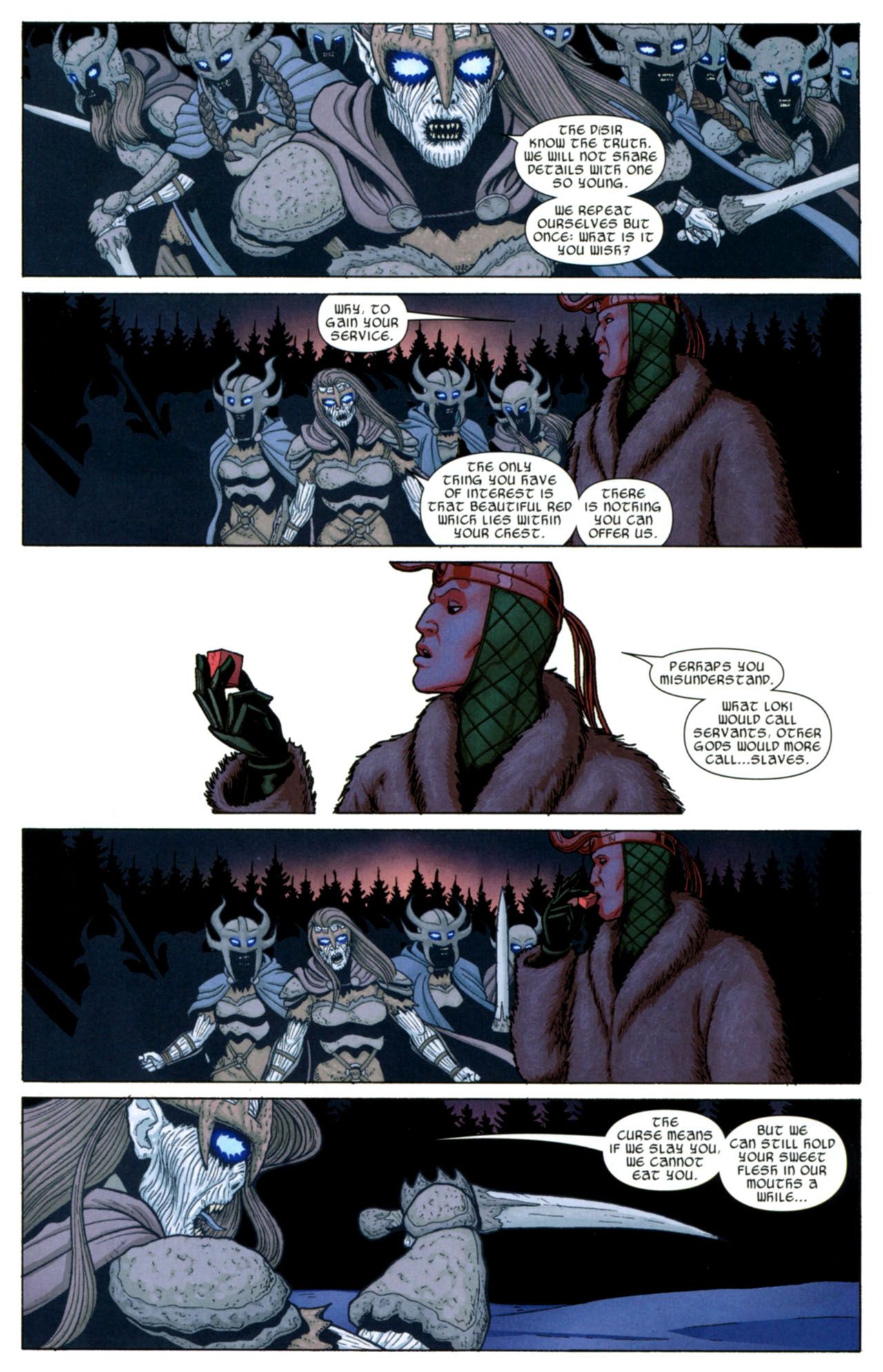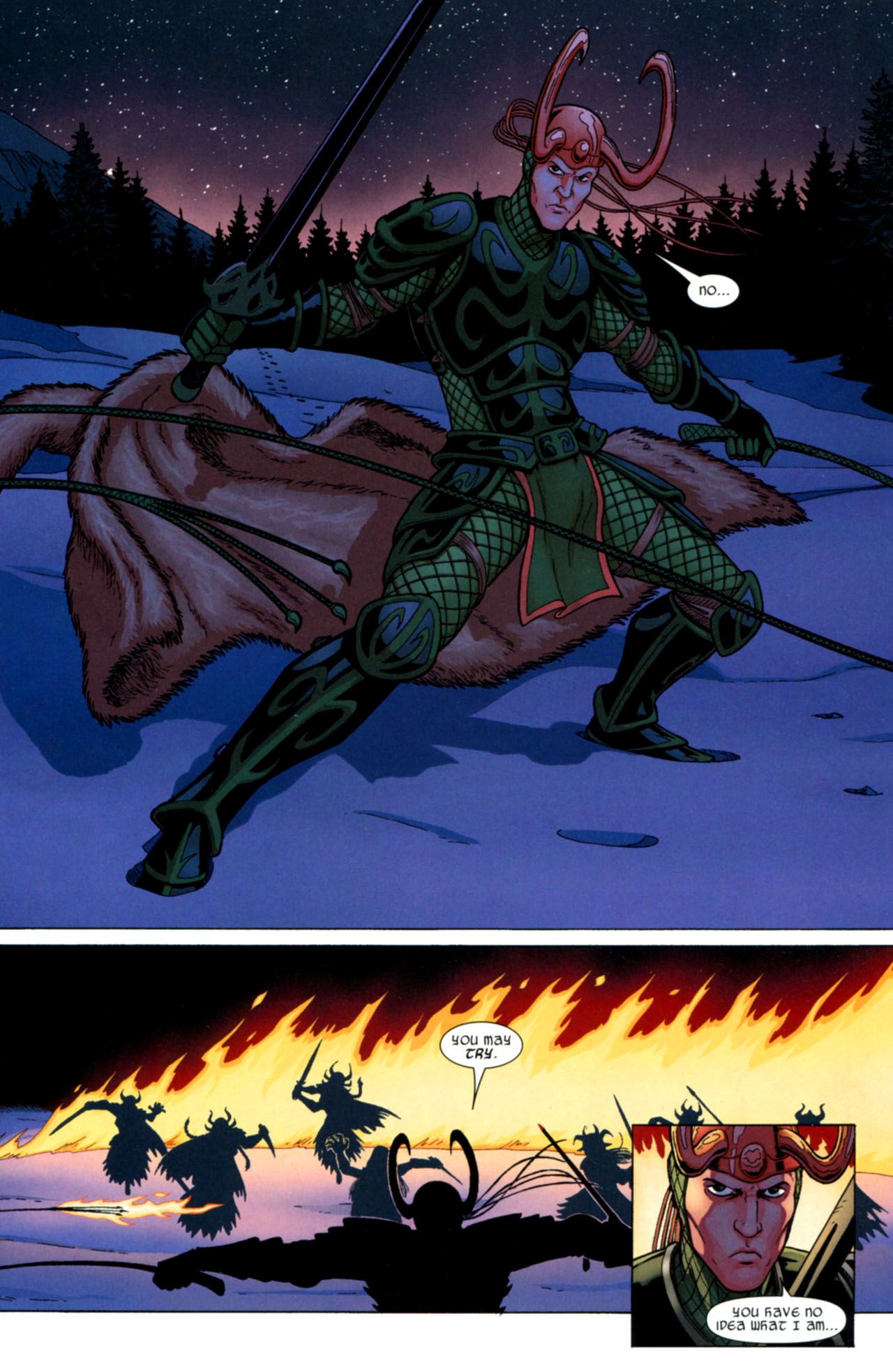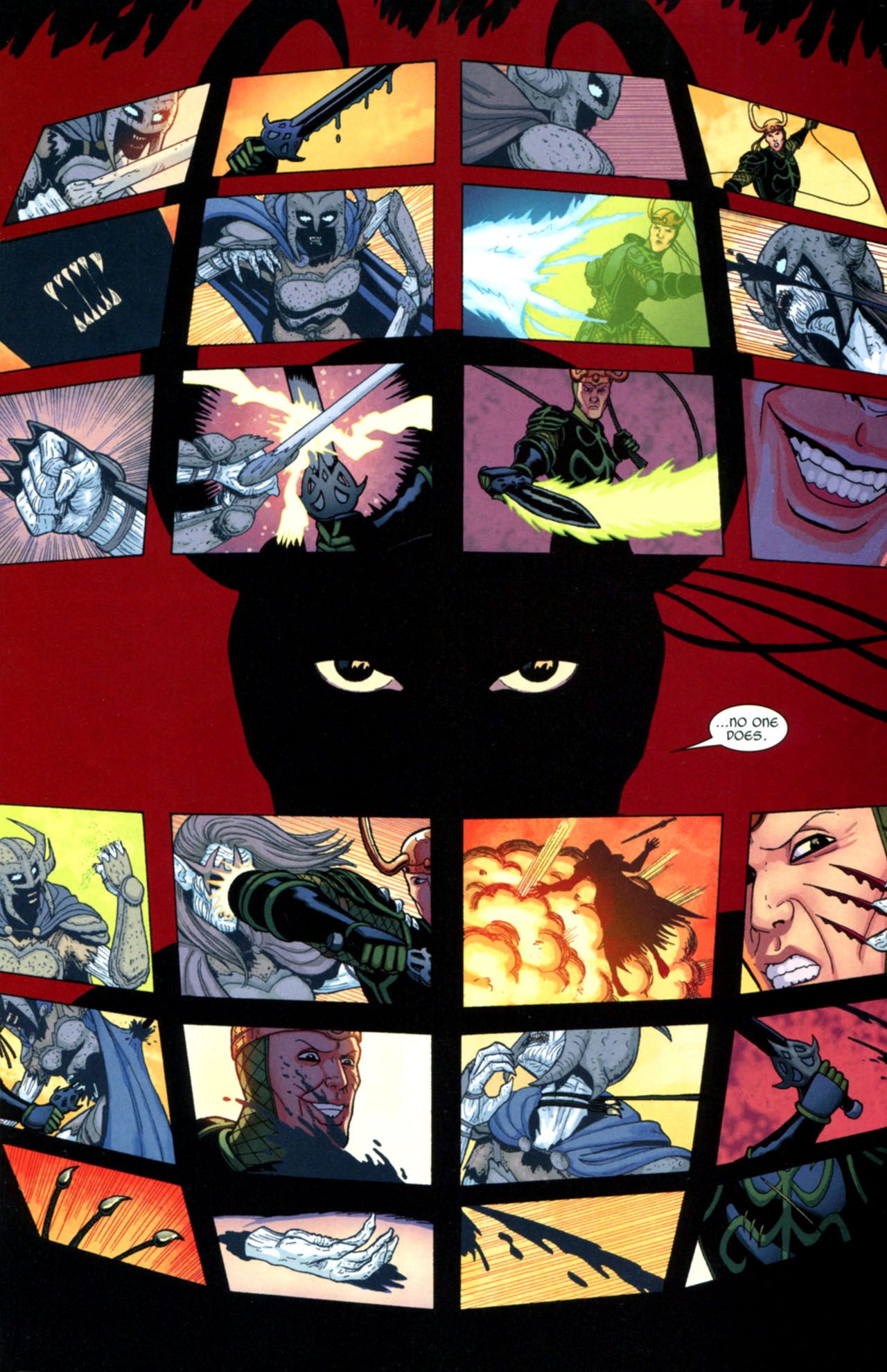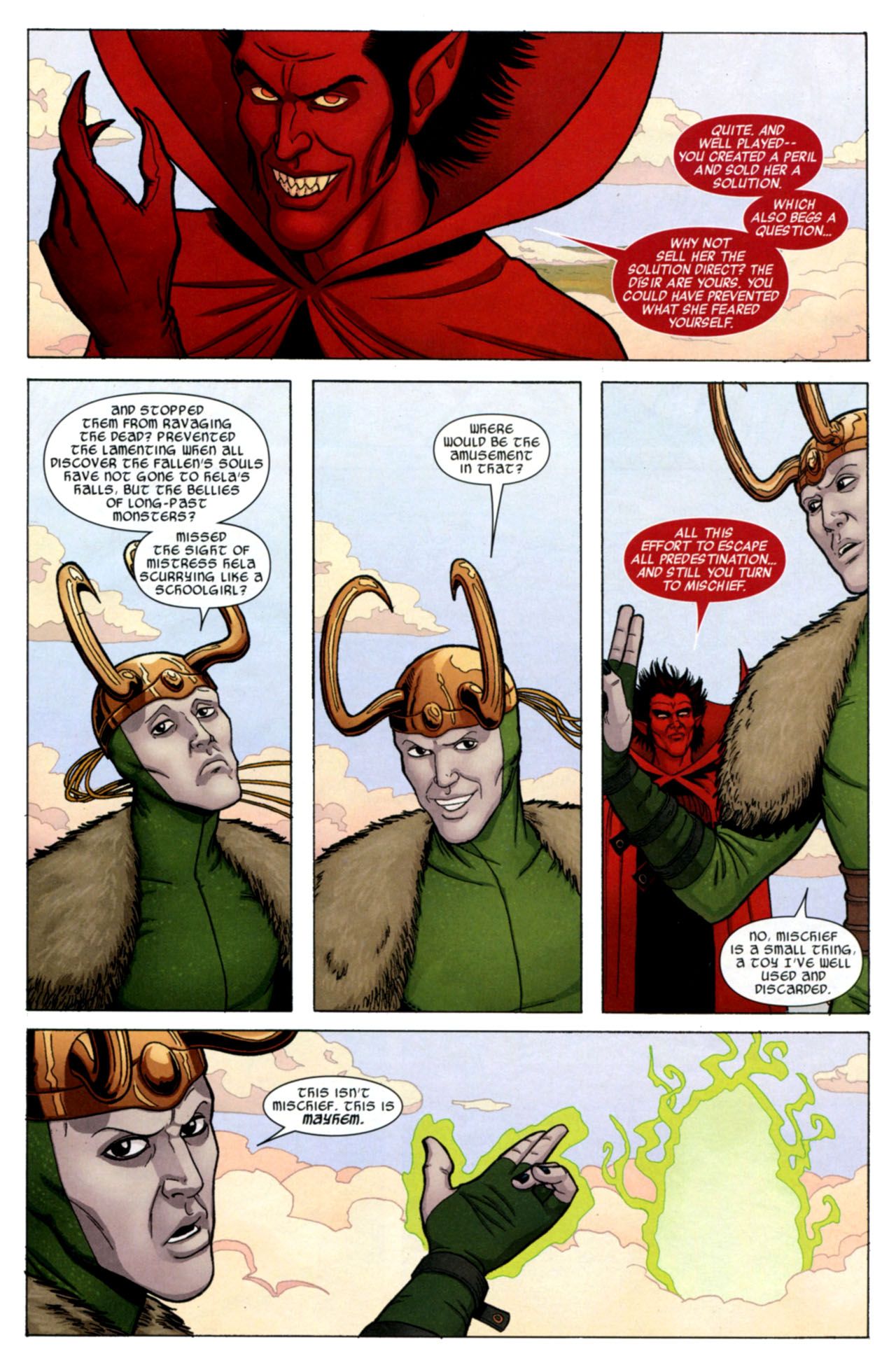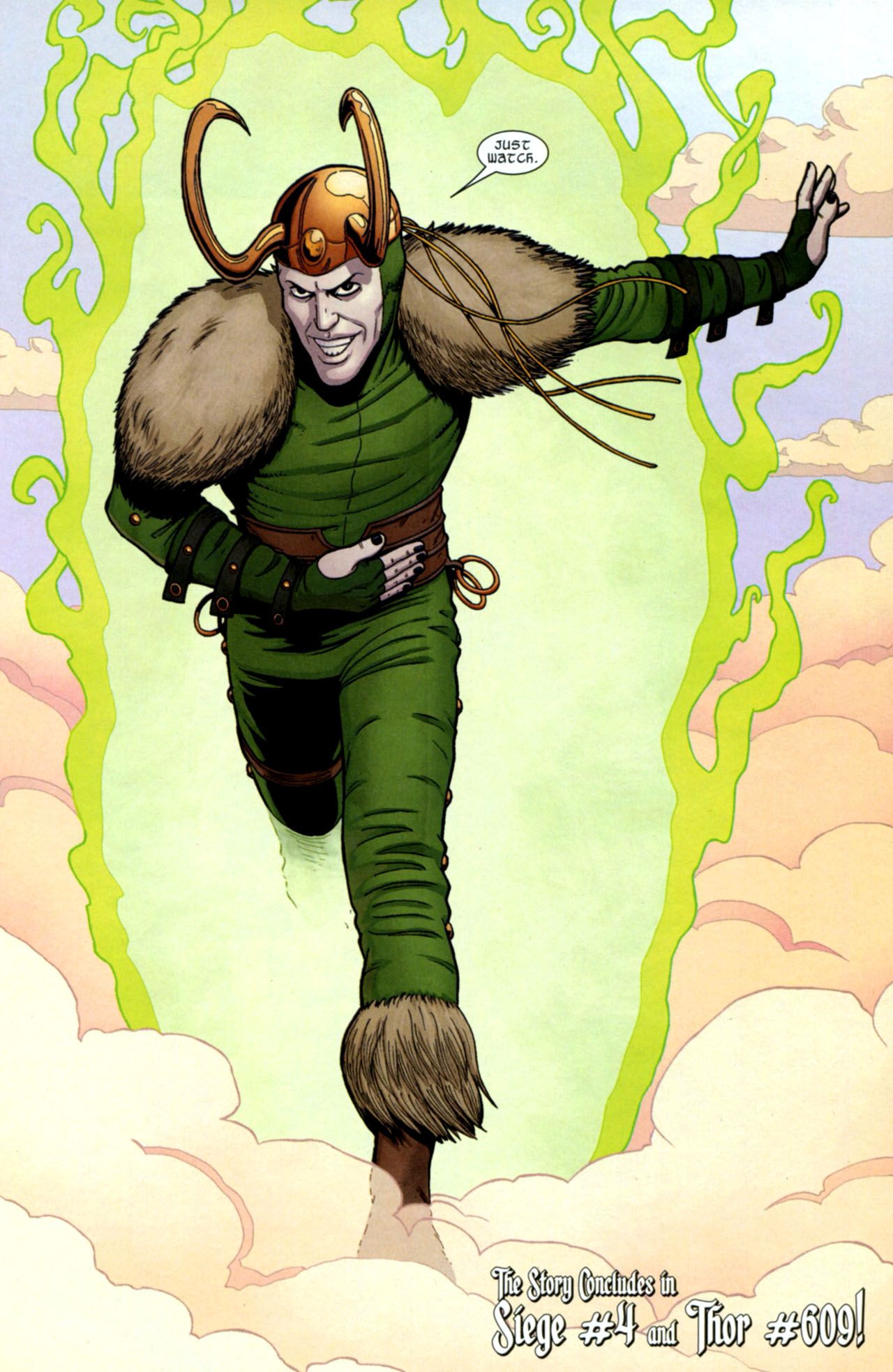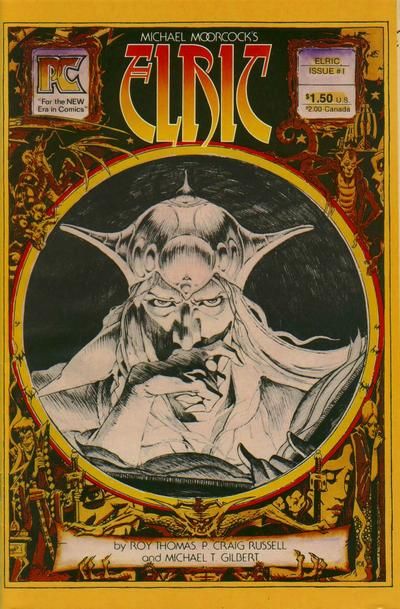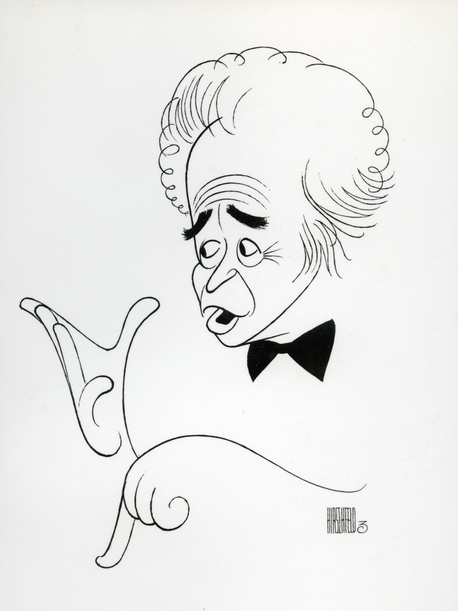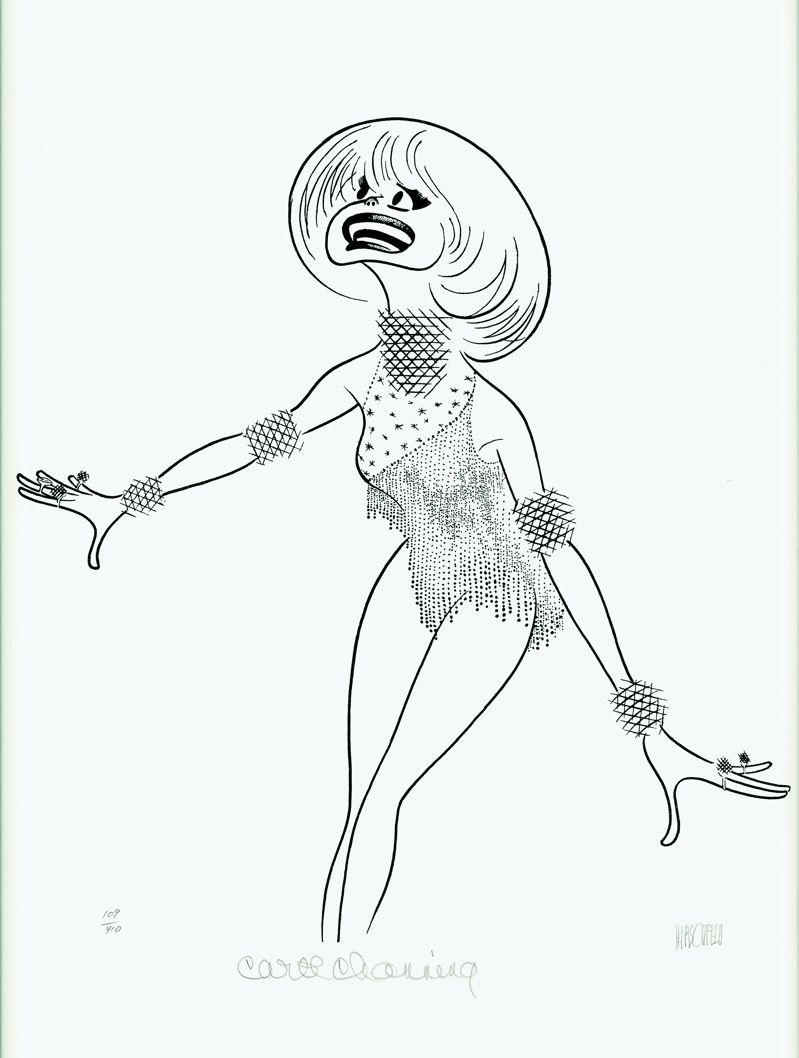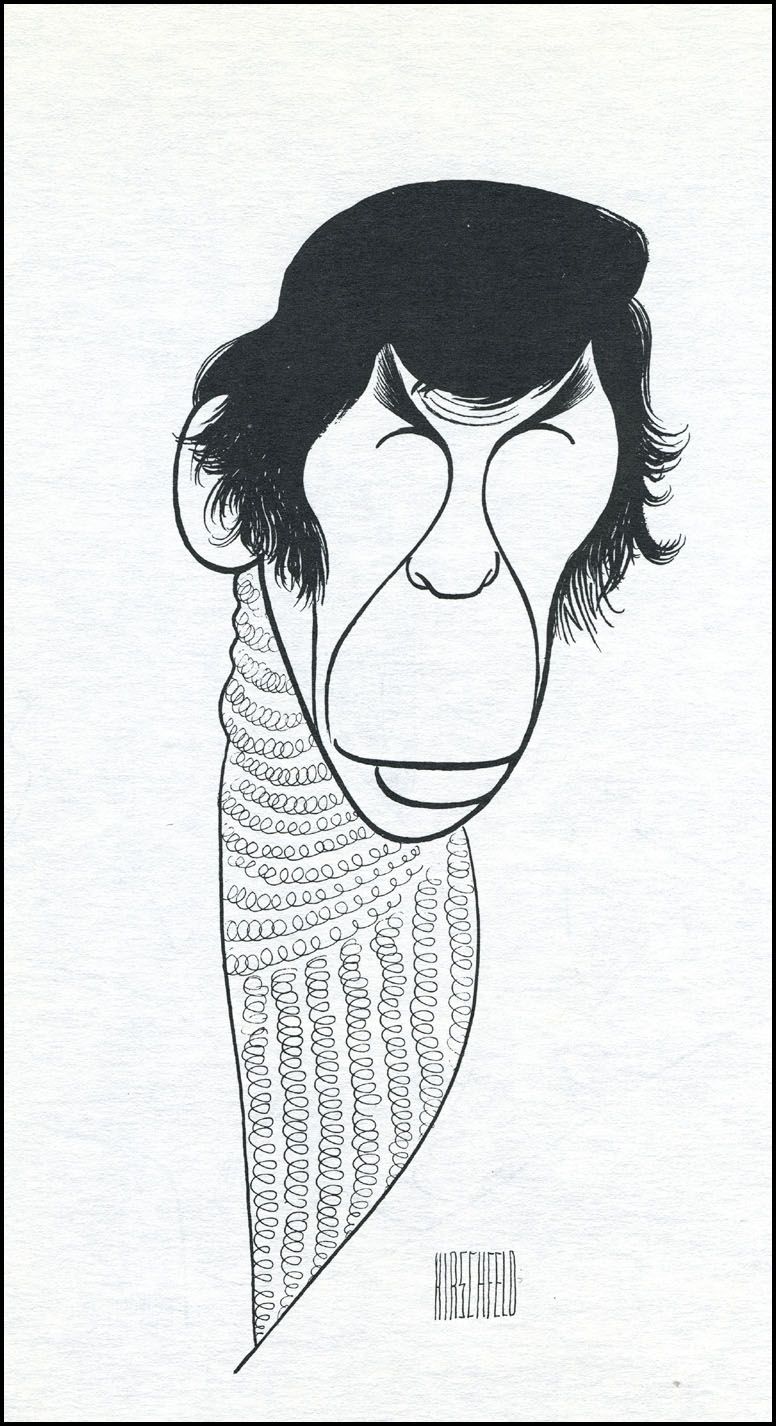Welcome to the four hundred and sixty-seventh in a series of examinations of comic book legends and whether they are true or false. Click here for an archive of the previous four hundred and sixty-six. This week, did Fawcett Comics come up with a code of ethics specifically to eliminate a racist stereotype character? Did a group of schoolchildren petition Fawcett to get rid of that same character? Was Kieron Gillen's Loki run originally intended to star an adult Loki instead of the "kid" version it ended up being? Finally, did the U.S. government use Al Hirschfeld's cartoons for training purposes?
Let's begin!
NOTE: The column is on three pages, a page for each legend. There's a little "next" button on the top of the page and the bottom of the page to take you to the next page (and you can navigate between each page by just clicking on the little 1, 2 and 3 on the top and the bottom, as well).
EXTRA NOTE: There are actually four pages this time around because two of the legends this week really wouldn't work without each other but I didn't want to shortchange y'all, so you get a BONUS legend!
COMIC LEGEND: Fawcett Comics created a code of ethics to eliminate the racial stereotype character, Steamboat.
STATUS: False
A troubling aspect of a number of 1940s comic books is the way that African-American characters were depicted, even those that are clearly intended by the creative team to be POSITIVE characters.
A famous example of this is Billy Batson's valet, Steamboat, who appeared frequently in the pages of Captain Marvel Adventures. Here he is in a 1941 story...
A few years back, my buddy Zack Smith did an AWESOME Oral History project on Captain Marvel.
In the third part, the topic of Steamboat (and similar depictions of minorities) was discussed.
The great Chip Kidd noted:
“One thing Michael Uslan pointed out is that it’s about putting it in historical perspective. This really was an attitude that was widely held at the time, even if it wasn’t right. And to deny the publication of something that was not intended to be racist, basically, is to deny an audience some really terrific work.
“One thing I included in my book was a series of guidelines that Fawcett sent to their writers and artists in the 1940s which regarded eliminating racial stereotypes, indicating that ethnic groups were not to be not to be ‘ridiculed or intolerated.’ So they eventually did away with that.”
Kidd is correct, Fawcett DID do that. Here it is...
However, that was written in 1942!
Steamboat, though, continued appearing regularly all the way until 1945...
Isn't that amazing? That you could specifically have that written into your code and STILL have a character like Steamboat appear?
Then again, as we saw last week in our spotlight on the Captain America villain the Black Talon (a villain fueled by having an evil black man's hand), certain viewpoints just were so ingrained into people's mindsets that they likely did NOT seem to the creators as though they were being offensive.
Thanks to Smith, Kidd and the awesome TwoMorrows book, the Fawcett Companion, for the information (and in the case of the Companion, the actual code itself).
Read on to the next page to learn how Steamboat was finally taken out of the book (note that the 1945 drawing I just showed was his last appearance)...
Check out my latest Movie Legends Revealed at Spinoff Online: Did Michael Jackson seriously not actually do his own singing when he guest-starred on The Simpsons?
COMIC LEGEND: A group of schoolchildren successfully appealed to Fawcett to get rid of Steamboat.
STATUS: True
Here is a 1943 story by Otto Binder and C.C. Beck...
As you might imagine, if you were an African-American at the time, these stories were not exactly pleasant to you.
Well, surprisingly for the time, a group of schoolchildren actually decided to DO something about it. A group called the Youth Builders, an interracial group of roughly 11,000 kids from public schools in the New York City and Philadelphia area put together a petition to Fawcett editor Will Lieberson, protesting the use of Steamboat in Captain Marvel comics (as well as other negative depictions of African-Americans, but Steamboat was the main subject).
As a spokeperson for the group stated in a 1945 article by Richard Dier in the African-American newspaper The Afro American, "Fighting discrimination and race hatred is one of our most important activities."
Leiberson agreed and the character was officially retired.
C.C. Beck later recalled the situation to Roy Thomas' Alter Ego:
Steamboat was created to capture the affection of negro readers. Unfortunately he offended them instead and was unceremoniously killed off after a delegation of blacks visited the editor’s office protesting because he was a servant, because he had huge lips and kinky hair and because he spoke in a dialect. He was always a cartoon character, not intended to be realistic at all, but he was taken seriously by some, sadly enough.
Yikes, Beck. Is it really "sad" that people took issue with how Steamboat was portrayed? Talk about tone deaf.
In later years, Lieberson would frequently state that he planned on getting rid of Steamboat ANYways. He might very well have done so (from everything I've read about Lieberson, he does sound like he was the rare comic creator who actually had a problem with characters like Steamboat at the time and not just in retrospect, so I tend to believe he WOULD have retired the character on his own volition), but the Youth Builders still should get a lot of credit for their actions. An awesome piece of putting their actions with their words.
Thanks to Richard Dier and Roy Thomas for the information!
On the next page, learn how we almost didn't have a "Kid Loki" comic book!
COMIC LEGEND: Kieron Gillen took the job of writing Loki's series in Journey Into Mystery thinking Loki was still an adult.
STATUS: True
Kieron Gillen's run on Journey Into Mystery was excellent.
The series centered on Loki, who was reduced in age after the effects of the Marvel crossover, the Siege.
Gillen did such a wonderful job on "Kid Loki" that it astonished me to learn that Gillen took the assignment thinking he was going to be writing ADULT Loki.
He explained the situation to Colin Smith in an excellent interview:
In terms of specifics, I was asked after I left my fill-in time on Thor whether I had any interest in doing a secondary Thor-universe book. I'd learned a lot in that particularly crazy 13 issues, and wanted to actually put it in practise, with time to set it up a little more. I've previously said Siege: Loki is where JIM clicked into being, and that's true. An often political book about characters lying to each other. When I conceived it, I presumed we'd have an adult Loki for the run - so clearly, it was going to have a different shape. I had the image of Loki as Elric, basically. You can see a little hint of that in that page in Siege: Loki where he throws off his cloak to reveal the armour, the sword and the whip.
But that all changed with Kid Loki, obviously.
In short: I decided that this would be the book I could risk writing without much worrying about how out-of-step it is with mainstream comics, entrusting that if I wanted to read this kind of stuff, other people would too. I'm not such an unique snowflake, y'know? And a pop-Vertigo book in the Marvel Universe was compelling. Also, fantasy. Not much fantasy in the MU. It was the first book I wrote after I finally came to terms with primarily being a fantasy writer, which is a realisation I'd been dodging for about a decade.
To be honest, I'd be lying if I said I didn't write it hoping it'd get the sort of response it did. It was me seeing an opportunity to write the sort of book I wanted to do, grabbing it by the throat and bloodily wolfing it down.
Fascinating.
Here are the aforementioned scenes from the Siege: Loki one-shot Gillen wrote (with art by Jamie McKelvie).
And then also...
(Here is an old comic based on Michael Moorcock's Elric, just for the heck of it...
)
I am sure that Gillen's adult Loki series would have been awesome, as well, but it is hard to imagine not getting to read his "Kid Loki" series.
Thanks to Gillen and Smith for the interesting info!
On the next page, learn whether Al Hirschfeld's caricatures were really used by the U.S. Military to train pilots!
COMIC LEGEND: Al Hirschfeld's hidden mentions of his daughter in his drawings were used by the military to train pilots
STATUS: Basically True
The legendary cartoonist and caricaturist Al Hirschfeld is likely most famous for the caricatures that he supplied for many, many years for the New York Times' drama section. His caricatures and drawings appeared many other places, as well, of course, in his long and illustrious career (he worked well into his 90s and passed away in 2003 at the age of 99). One of the most famous aspects of Hirschfeld's drawings, though, was the way that he worked the name of his daughter, Nina, into his drawings.
Here are three Hirschfeld drawings - see if you can find the Ninas hidden in them...
The public's fascination with his Ninas has led to many interesting usages, perhaps most interesting is what the concept tells us about camouflage. Hirschfeld spoke a number of times over the years about how the United States military would use his work to help train pilots in their ability to bomb targets, as they would challenge them to quickly identify the Nina in a drawing. Hirschfeld wrote:
Knowledge of Nina apparently reached the Pentagon in Washington. . . . The Pentagon awarded a $60,000 grant to a professor at the University of Pennsylvania to research the Ninas in my drawings.
"Enlargements of the drawings were to be shown on a movie screen in the Pentagon, and the student pilots would be required to ferret out the Ninas in my projected drawings. Grading would be based on the speed with which the pilots located the Nina targets!
Hirschfeld is BASICALLY correct. There HAD been tests like that over the years. However, Hirschfeld was confusing those with the work of Calvin Nodine, which went a good deal beyond just "see if you can find the Nina" as a test of pilot targeting skills. You see, Nodine (then a Temple University professor and then later a University of Pennsylvania professor) received a grant from the United States Pentagon to study the very nature of camouflage. The study would test people's eye movements as they searched for the Nina in a Hirschfeld drawing. For military purposes, this would therefore test to see how people search for hidden items, which would be used to better camouflage things in the field.
However, while that was the military purpose, Nodine later adapted the concept to greater use with his colleague Harold Kundel, to the field of radiology, specifically the examination of scans for tumors. There are specific sorts of tumors that were difficult for radiologists to pick up, because they were in effect being camouflaged by nodules and the like. Studying how Hirschfeld hid his Ninas in the workings of his drawings showed that the human eye is prone to being tricked by certain things.
As Nodine himself noted:
[W]e found that by monitoring search behavior of radiologists, we could use the length of eye-fixation pauses to identify the locations of possible missed lung tumors that are typically camouflaged by overlying anatomic structures in chest X-ray images. When we then played back the locations of prolonged pauses by highlighting them, we found many missed tumors.
[I]f we can develop a feasible, computer-assisted visual search system, we may be able significantly to reduce error in both lung and breast screening for cancer.
How cool is that?

